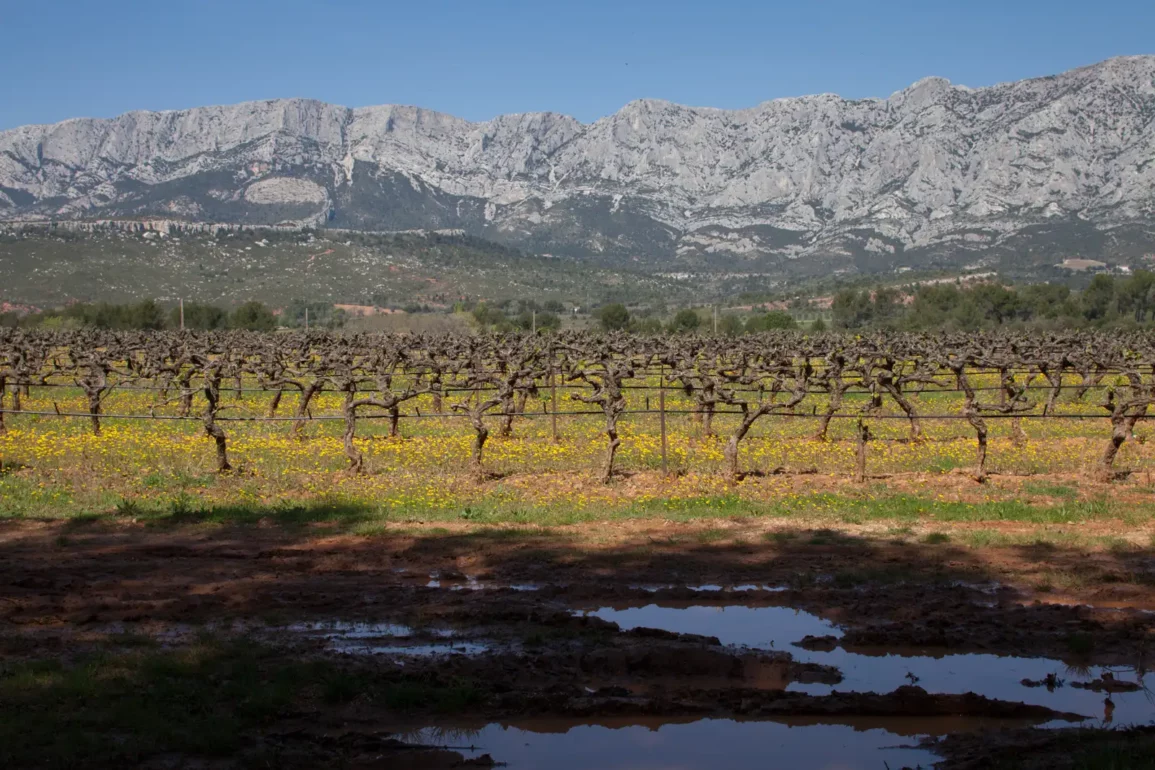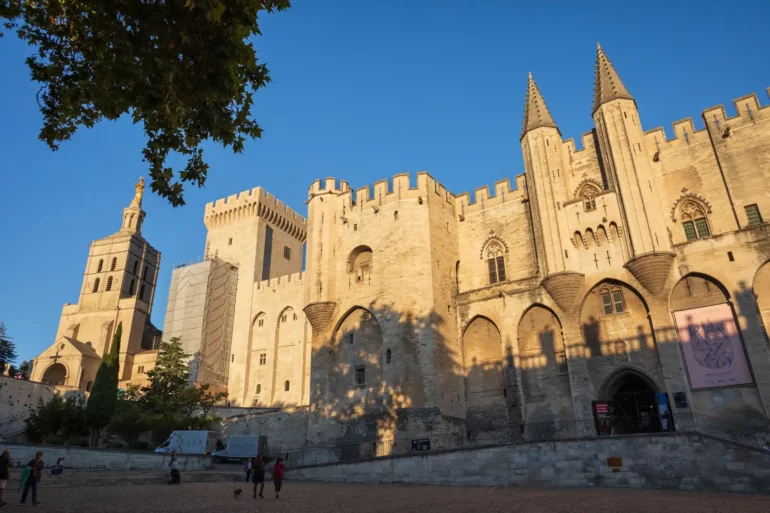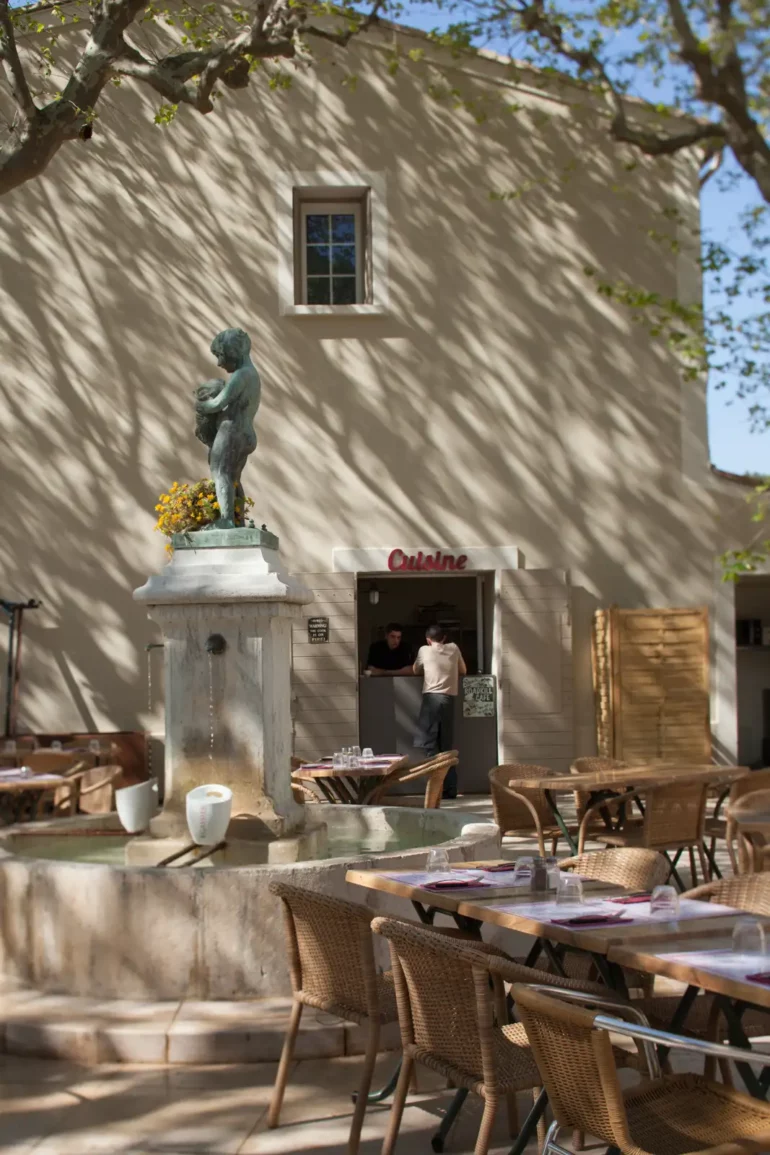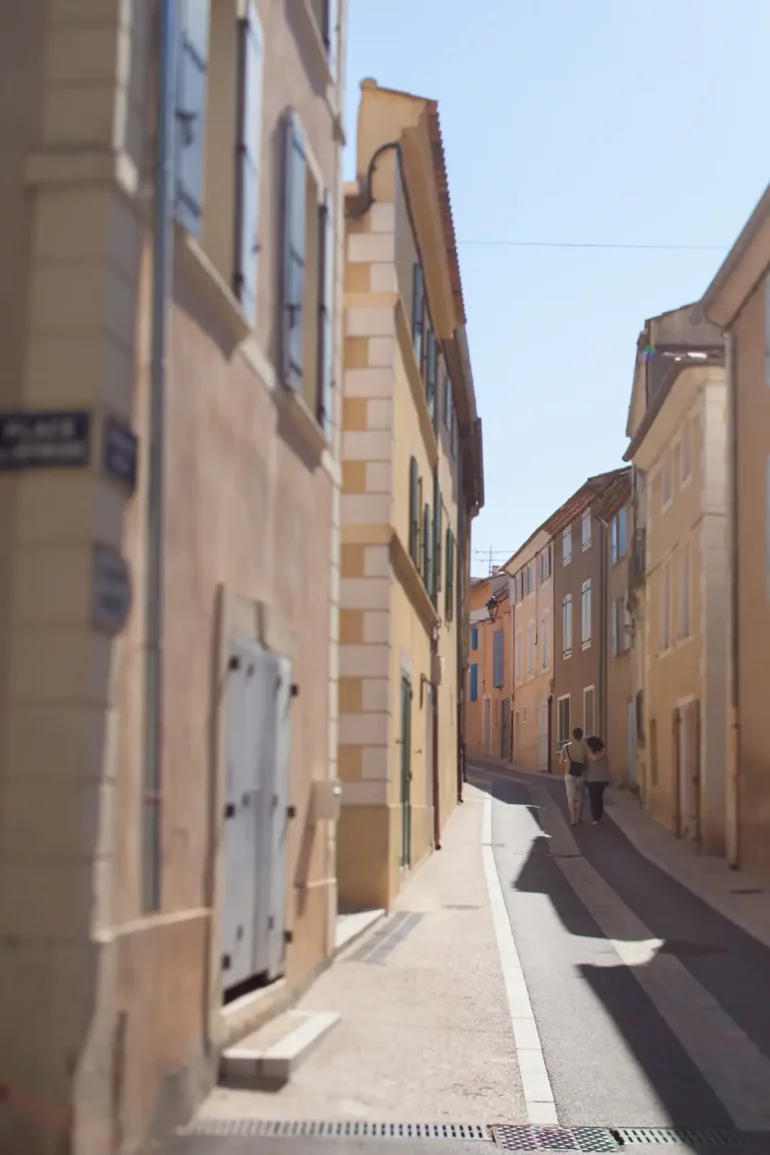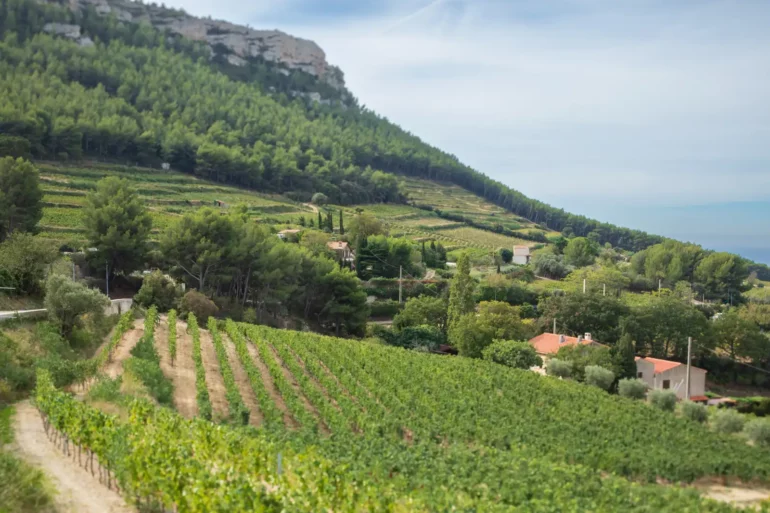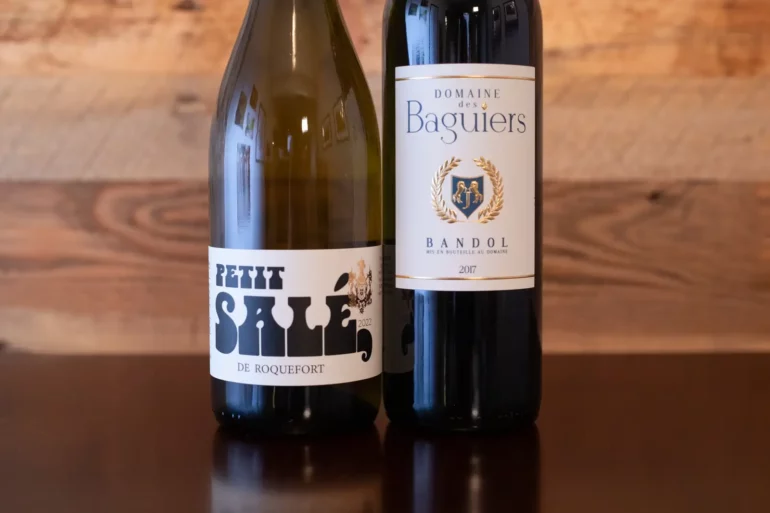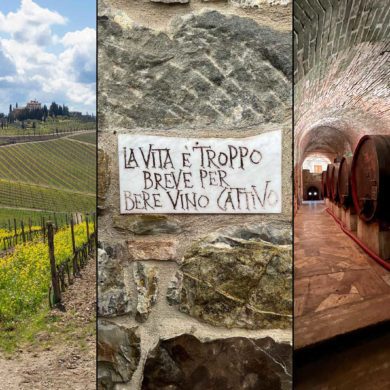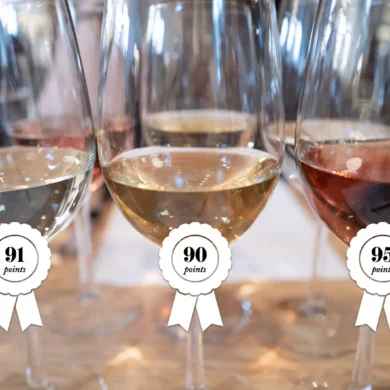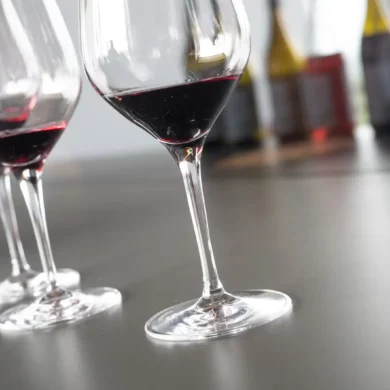At Opening a Bottle, subscribers often join me for my regular online wine classes through Zoom. On February 4, 2024, we got together to explore Provence Beyond Rosé, a new class that dives into the details of the white and red wines (and a little rosé) from the South of France’s most choice terroir, including places such as Cassis, Bandol and Les Baux de Provence. I also offer guidance on how to approach Provençal rosé wines, both in terms of setting expectations, serving them in the right context, and most importantly, not spending too much money on a bottle.
Below, subscribers can watch a video of the class and reference my buyer’s guide to the region’s wines, including what to look for in your wine shop, key producers to seek out,
Introduction
Think of Provence wine and you think of one thing: rosé. Its bright, mineral, easy-to-drink and with that pale carnation color, easy on the eyes, too. But in some regards, Provence rosé is a curious blip in the long history of the region’s wines. How could the oldest grape-growing region in France be dominated today by such a modern invention?
And that’s the great irony of Provence’s wine scene: it is simultaneously the oldest wine region in France, yet known almost entirely for the most modern, technologically dominated type of wine.
That said, the wines of Provence beyond rosé can be thrilling, robust, age-worthy and even unusual. That’s what we will explore below.
Watch the Provence Wine Class
To watch the class, enter the password Provence2024 into the video player.
Beyond Rose in Provence: Wine Class from Opening a Bottle on Vimeo.
Wines to Buy for the Class
Given the availability of these wines and — in some cases — their “fringe” or “cult” status in the wine world, I am going to keep this simple and open-ended: try for a white and a red. However, the white wines are going to be the biggest challenge, so feel free to source two red wines for a comparison taste. Bandol will be the easiest of these wines to find. I have some ideas for combinations below:
1 white vs 1 red
- 1 Cassis or Palette Blanc white wine AND
- 1 Bandol or Les Baux-de-Provence or Palette Rouge
2 red wines
- 1 Bandol AND
- 1 Les Baux-de-Provence or Palette Rouge
2 interregional red wines
Or, you can procure a Bandol and compare it to any southern Rhône red, particularly Châteauneuf-du-Pape, Gigondas or Vacqueyras. What will this show you? The difference between Mourvèdre-led blends (Bandol) and Grenache-led blends. While Bandol’s climate is more coastal, this is still a key regional comparison and most likely your easiest combo to procure.
Specific Provence Appellations to Know
Palette
This tiny appellation is best know for a single, idiosyncratic producer — Château Simone. Located adjacent to the grand city of Aix-en-Provence, Palette’s unique microclimate is fostered by intact stands of forest and the Arc River valley, which provides some degree of cooling balance to the microclimate. Syrah is largely replaced by Cinsault in the Grenache-focused red blends of the area, while the sumptuous whites are led by Clairette. Expect to pay a premium for Château Simone — it is one of southern France’s most celebrated and unique estates.
Key producers to look for:
- Château Simone
Cassis
Cassis is Provence’s white-wine outlier. Nestled in an alcove-like valley surrounding the port town of the same name, this AOC is scenic and dramatically situated. Several of the vineyards are terraced, and to get the best view of them, it helps to drive up the vertiginous Le Route de Crêtes and gaze down from the Pas du Vicaire.
The white wines of Cassis are a Marsanne-Clairette blend, and they account for about 2/3 of the appellation’s production. They are medium-bodied and have a nice interplay of sour and bitter fruits to complement the zesty citrus tones and freshness. There is rosé and reds as well, but they’re not as common on our shelves.
Key producers to look for:
- Clos Sainte-Magdeleine
- Domaine du Paternel
- Domaine du Bagnol
- Domaine de la Ferme
Bandol
Bandol is Provence’s most unique and identifiable appellation. Best known for red wines made primarily from Mourvèdre, a majority of Bandol’s production is still rosé, but not your ordinary rosé. Known for the gracefully and generosity, they seem different to the narrowly etched definition of Provençal rosé. (You’re welcome to try one for this class if finding other wines is too difficult).
However, we’re zeroing in on Bandol’s stern and potent reds, which need to be between 50% and 95% Mourvèdre. These stern wines usually need a few years in bottle to mellow out, and the expression on the palate tends to be of black fruits, minerals and resinous herbs.
Key producers to look for:
- Domaine Tempier
- Chateau Pradeaux
- Bastide Blanche
- Domaines Ott
- Domaine Le Galantin
- Domaine du Gros’ Nore
- Domaine des Baguiers
- Chateau de Pibarnon
- Domaine de Terrebrune
Les Baux de Provence
Another outlier appellation in Provence is the red wine-centric Les Baux de Provence. Separated from the Southern Rhône by the rugged, limestone Alpilles Mountains, Les Baux is a hot place, but ideal for organic viticulture and olive-oil production. These wines are GSM blends (Grenache-Syrah-Mourvèdre) and while the alcohol levels can get high, I’ve found them to be pleasantly drinkable in youth.
Key producers to look for:
- Mas de Gourgonnier
- Domaine Hauvette
Côtes de Provence AOC
More than 90% of the wines labeled under this expansive appellation are rosé wines. What remains are red blends (must have two of the following: Grenache, Syrah, Mourvèdre, Cinsault and/or Tibouren) and white blends (a lot of Clairette, Ugni Blanc and Rolle/Vermentino). However, given the expansiveness of the territory, the slim minority of non-rosé wines, and the open-ended nature of the blend, the appellation name here is not going to give you many clues about wine identity other than “Provence Rouge” or “Provence Blanc.”
The same could be said for Coteaux d’Aix-en-Provence AOC, another large appellation with similar grapes, rules and guidelines. Instead of accounting for approximately 90% of production, rosé accounts for 80% of production depending on vintage. But like Côtes de Provence, I don’t find these wines to have a clear identity beyond anything regional.
All that said, Côtes de Provence does have four subzones that can be used for rosé and red wines: Fréjus, Pierrefeu, La Londe and Sainte-Victoire. What the presence of these subzones tells me on the label is that there is a bit more specificity to what’s being presented, but don’t kid yourself: we’re still not analyzing terroir like this is Burgundy.
The one producer who even makes me want to put Côtes de Provence on this list is Clos Cibonne, a darling of the natural wine world and the traditionally minded alike. Focused on the oddball grape Tibouren, Clos Cibonne’s wines are individualistic, complex and fascinating.
Key producers to look for:
